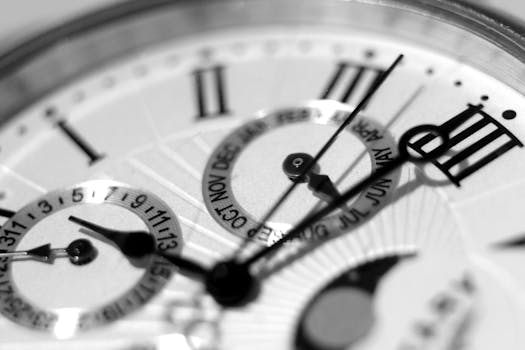The Art of Time: The Role of Design in Luxury Watchmaking
Takeaways: Design is not merely an aesthetic consideration in luxury watchmaking; it encompasses functionality, brand identity, and emotional connection. This article delves into how design shapes the luxury watch industry, influencing both consumer perception and the craftsmanship behind every timepiece.
The Intersection of Art and Engineering

Every luxury watch begins with a conceptual design that reflects the brand’s identity and ethos. Renowned brands like Rolex, Patek Philippe, and Audemars Piguet have distinct design languages that convey their heritage and values. For instance, Rolex is known for its robust, sporty designs, while Patek Philippe leans towards elegant, classic aesthetics. This differentiation is vital in appealing to their target audiences.
Moreover, the design process involves selecting materials that enhance both functionality and beauty. High-end watches often feature precious metals, rare gemstones, and innovative materials like ceramic and carbon fiber. Each material is chosen not only for its physical properties but also for how it complements the overall design. The tactile experience of a watch—how it feels on the wrist, the weight, and the finish—is just as important as its visual appeal.
Emotional Connections and Brand Storytelling

For example, a limited-edition watch can evoke feelings of exclusivity and prestige. Brands often leverage unique design features—such as an unusual case shape or a distinctive dial layout—to tell a story that resonates with collectors and enthusiasts. These stories enhance the perceived value of a watch, making it not just a product but a piece of art with a legacy.
This storytelling aspect is further amplified through marketing campaigns that highlight the craftsmanship and design philosophy behind each timepiece. Luxury watch brands often showcase their design processes, from sketches to prototypes, allowing consumers to appreciate the artistry involved. This transparency builds trust and loyalty, as buyers feel more connected to the brand’s journey.
Functionality Meets Aesthetics
While aesthetics are crucial, functionality remains at the heart of luxury watch design. A well-designed luxury watch must perform flawlessly, combining elegance with practicality. Complications—features beyond basic timekeeping, such as chronographs, perpetual calendars, and moon phases—are integral to high-end watches. These functionalities require thoughtful design to ensure usability without compromising the watch’s visual appeal.
For instance, the layout of a chronograph must be intuitive, allowing the wearer to easily read and operate the watch while maintaining a harmonious design. The placement of sub-dials, the size of hands, and the clarity of the dial must all be meticulously considered. Designers often prototype multiple iterations before finalizing a design that balances beauty with function.
Furthermore, advancements in technology have introduced new possibilities in watch design. Smartwatches, though not traditionally categorized as luxury, have influenced the way luxury brands approach design. The integration of technology into luxury watches has led to hybrid designs that merge traditional craftsmanship with modern functionality. This evolution challenges designers to innovate while staying true to the brand’s heritage.
Conclusion





